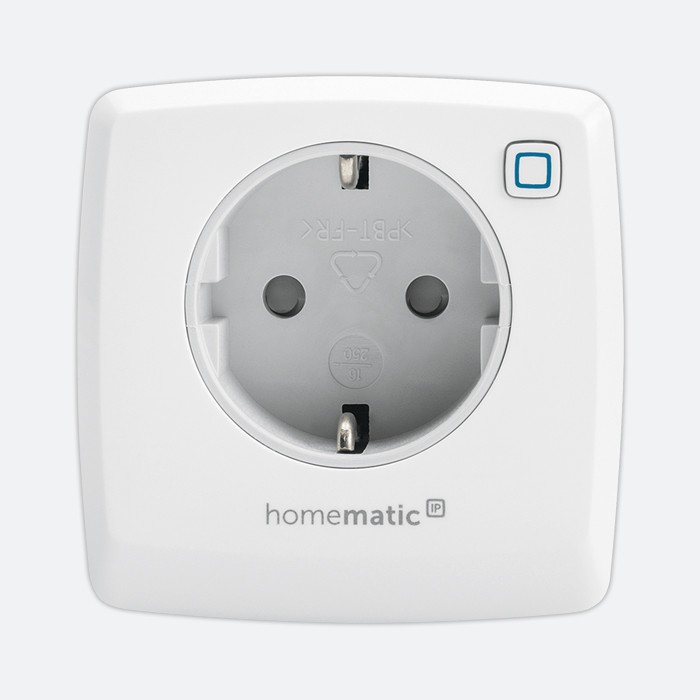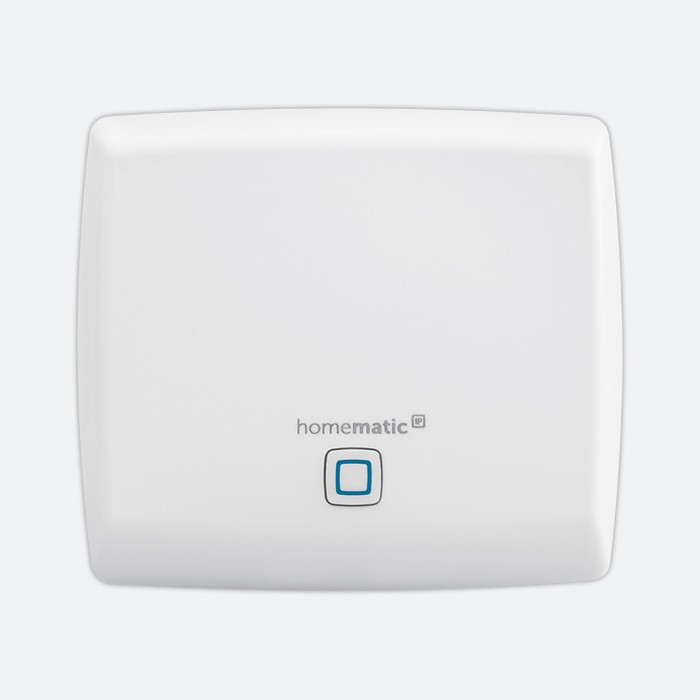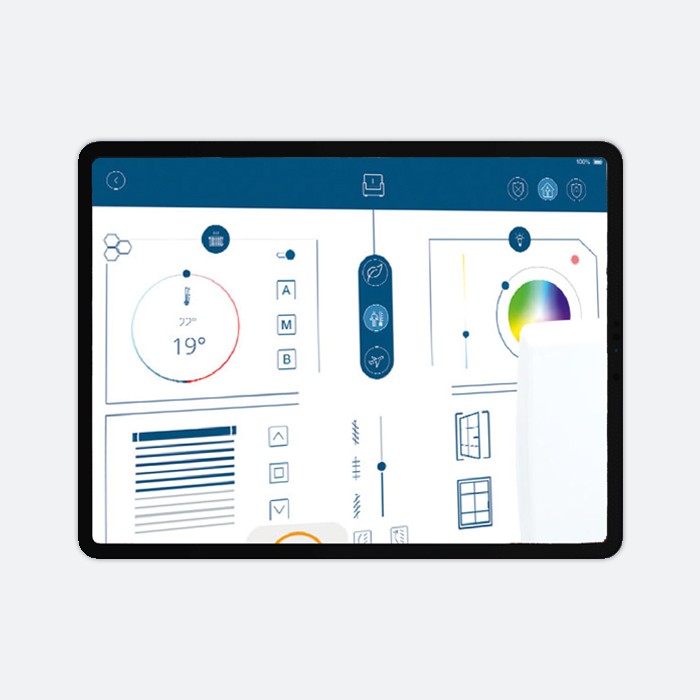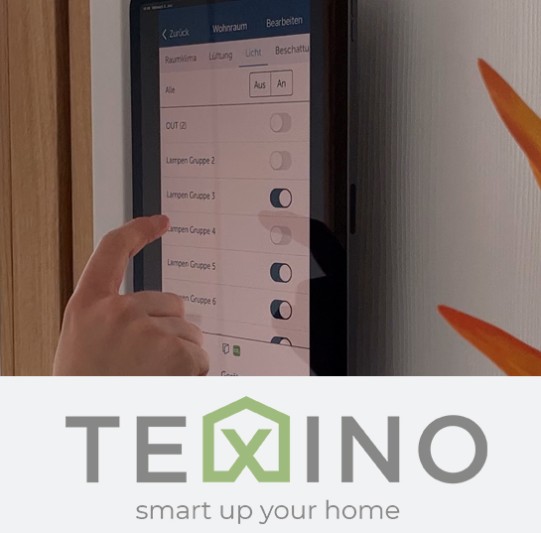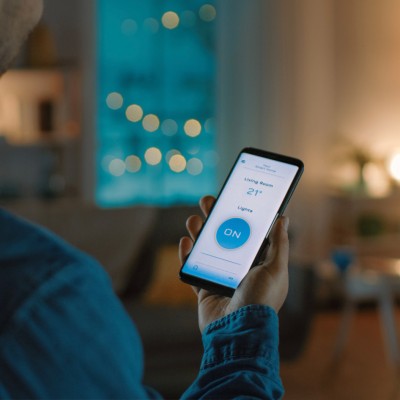
Smart Home - the object thinks for itself
After decades of being used almost exclusively in large functional buildings, building automation is now also entering the private sector under the catchword "smart home". Particularly in new buildings, fascinating opportunities are now opening up for architecture to provide even more user comfort, security, resource efficiency and aesthetic quality. In this context, windows in particular are coming into focus as important building elements. The early involvement of VEKA partners as experts both for windows and for the particularly versatile smart home system TEXINO is all the more rewarding.
Table of contents
- Smart home conquers the apartments
- The new ease of home automation
- Building blocks for the thinking home
- Object quality on a new level
- The window manufacturers as strong partners
Smart home conquers the apartments
The trend is strong and it is continuing: The number of people in Germany using a smart home application in the home has been rising steadily for years - by an average of 5 percentage points per year in the period 2018-2021 alone. Most recently, the share was 41 percent, according to a survey conducted by Bitkom, the German IT and telecommunications industry association.
The range of applications mentioned is wide. The most common, at 29%, are smart lighting systems that can implement various lighting scenarios via a smartphone app, for example for a movie night on the sofa at home or a simulated sunrise as an atmospheric counterpart to the morning alarm clock. But the building envelope itself is also automatically adapted to the ambient conditions: 13% of all respondents said they use smart shutters or awnings.
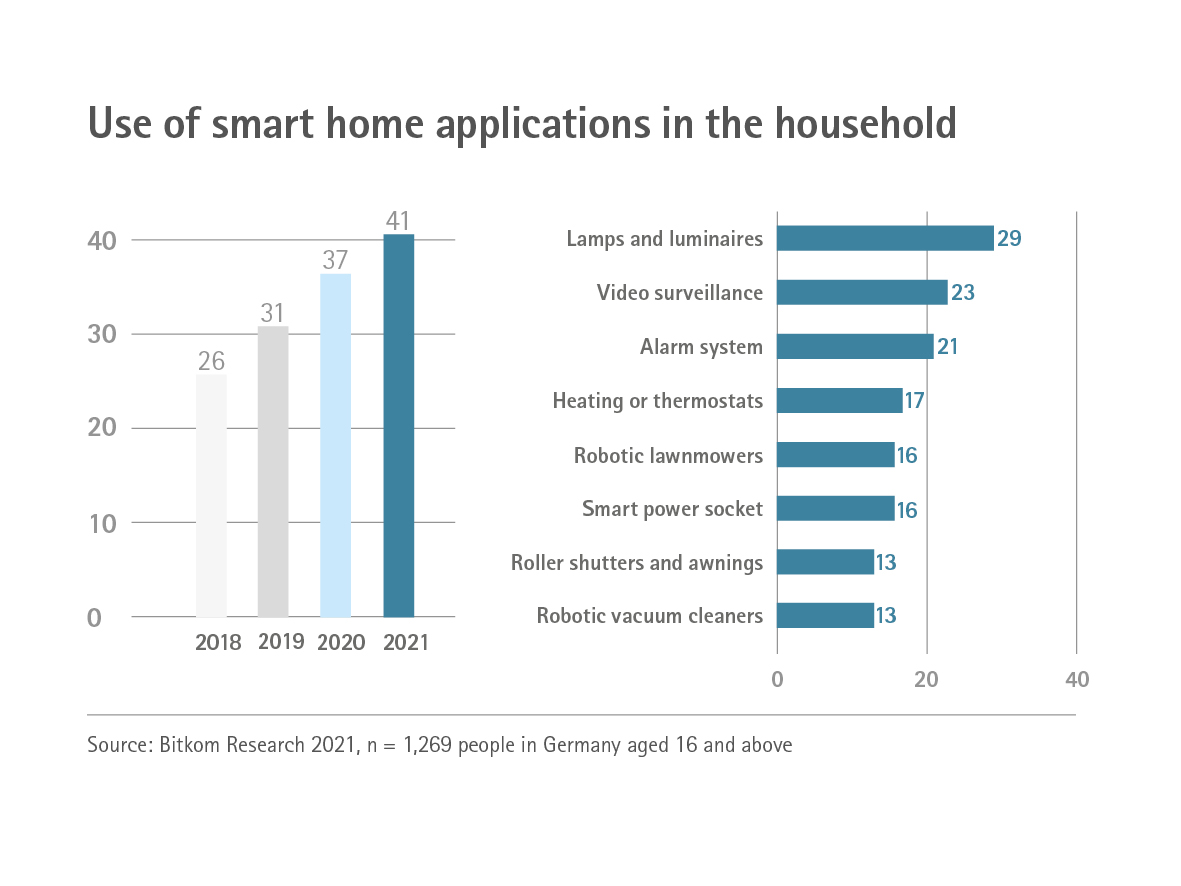
The new ease of home automation
A glance at the list of "smart" devices recorded in the survey gives an idea of the vagueness of the term smart home. In addition to home automation applications in the narrower sense, it also includes smart vacuum cleaners and robotic lawn mowers, which could more accurately be categorized as automated household appliances. Nevertheless, the strong and robust trend suggests that home automation has finally arrived in private homes and apartments.
This change can be attributed to the interplay of several technical developments: Highly miniaturized chips, highly efficient radio protocols, convenient cloud applications and, last but not least, the ubiquity of the smartphone have led to greater acceptance of the smart home concept and simpler systems that can be set up even by technical laymen. However, high-performance solutions with a large number of components still require professional design and implementation.
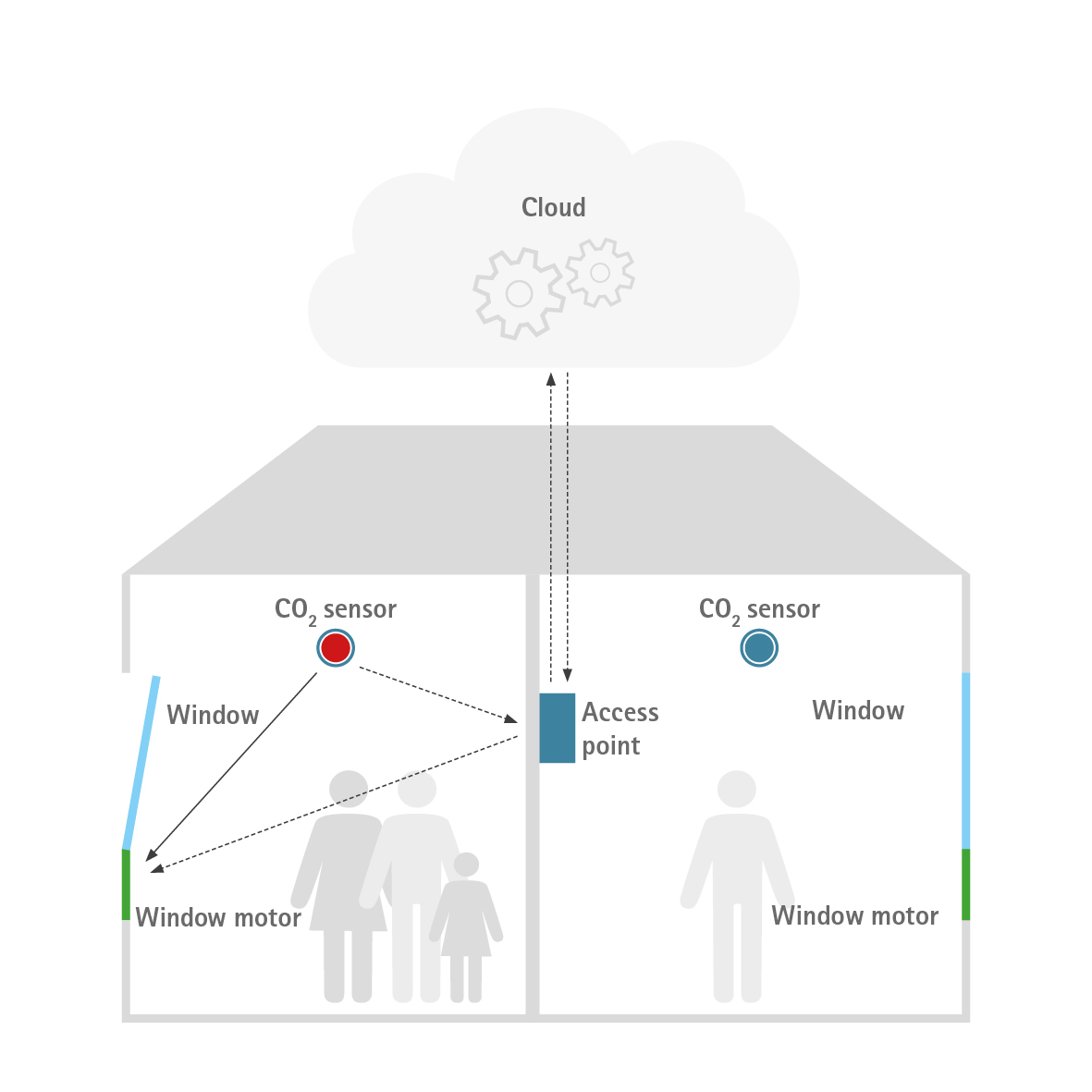
Building blocks for the thinking home
As a prime example of a networked system, the performance of a smart home is based on just a few different basic components: sensors, actuators, a communication node and a programmable processing unit. Today, the latter is typically located in the cloud belonging to the system.
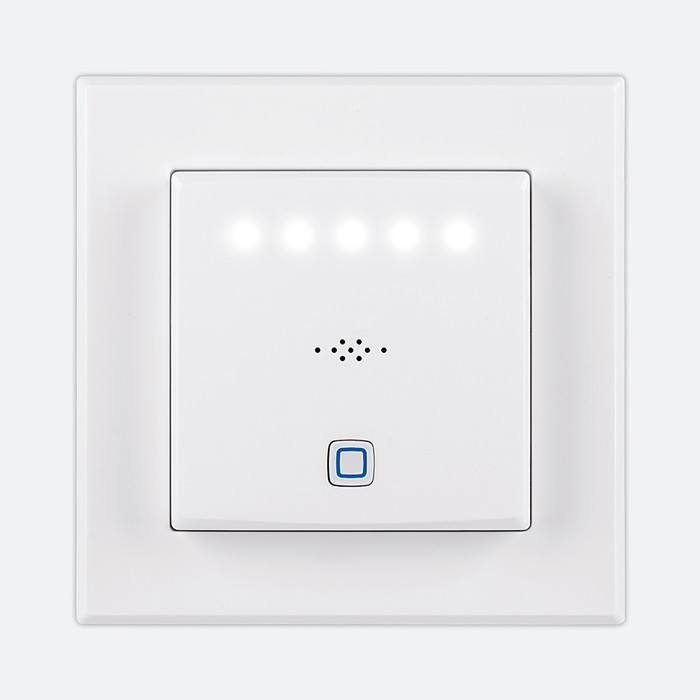
Record the condition of the building and all components
Examples:
- CO2 sensor
- Window/door contact
- Temperature sensor
- Motion detector
- Humidity sensor
- Smoke/Fire Detector
- Brightness sensor
Object quality on a new level
The term "smart home" is most aptly translated as "thinking home. A home of this kind is therefore able to respond to changes in a meaningful way. But that's not all: The networking of several components makes it possible to bring about comprehensive changes at the push of a button, so to speak - one example is the lighting scenarios mentioned at the beginning, which involve the simultaneous regulation of several light sources.
For architects, these features open up new design possibilities. By specifically adding smart home capabilities to a building, they can respond to the demands of future users to a particular degree. This applies first and foremost to energy efficiency, living comfort and security. But the aesthetic design of interiors in particular can also be made clearer, for example by bringing together controls for lighting, shading or heating in one place.
The window fabricators as strong partners
As the world market leader in PVC-U profiles for windows and doors, VEKA has accompanied the development of building automation from the very beginning. Under the TEXINO brand, the company has developed a complete smart home system that combines high performance and flexibility with ease of installation. The Homematic IP system from Europe's leading supplier eQ-3 serves as the basis.
The platform is already established on the market and comprises a large number of components including the associated communication protocols. A special feature is the high level of security: currently unique on the market, the protocol, IT and data security of the system is certified by the VDE. Data processing takes place exclusively on servers in Germany, and anonymization means that it is impossible to draw conclusions about users.
All TEXINO products are ideally suited for use with window and door systems from VEKA. The logical contact partners for all questions of design and installation are therefore the VEKA fabricator partners. The system provider itself is also happy to support architects in the realization of their projects.
In addition to the high level of security, the smart home system from TEXINO is characterized by its uncomplicated installation. It can be expanded with additional functions at any time and is compatible with devices and services from other fabricators, such as the well-known voice assistants Amazon Alexa and Google Assistant.
